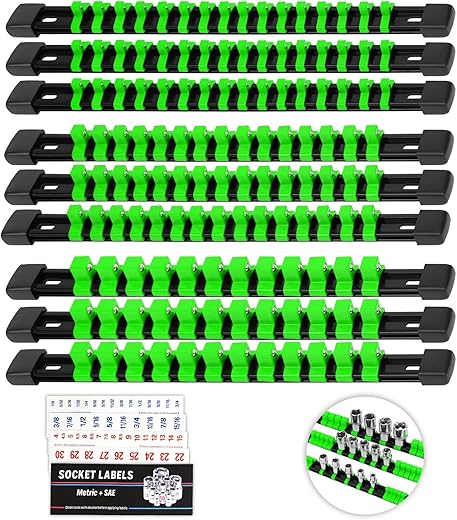







The Ultimate Guide to Choosing the Right Tool Box for Your Needs
Are you tired of rummaging through a disorganized collection of tools? Do you often find yourself frustrated when you can’t locate that one screwdriver you swear you had just yesterday? If so, it might be time to invest in a proper tool box. A tool box is not just a container; it’s your partner in home improvement, DIY projects, and automotive repairs. In this guide, we’ll explore everything you need to consider when choosing the right tool box to keep your tools organized and accessible.
Why a Tool Box Matters
Think of a tool box as a treasure chest for your tools. Just as a pirate wouldn’t want to misplace their gold, you don’t want to misplace your essential equipment. A well-organized tool box saves you time, enhances productivity, and helps prevent damage to your tools. It’s not just about organization; it’s about having everything at your fingertips when inspiration strikes.
Types of Tool Boxes
When it comes to tool boxes, variety is the spice of life. Here’s a rundown of some common types:
1. Portable Tool Boxes
Portable tool boxes are perfect for those who are always on the move. Whether you’re a contractor working on-site or a weekend warrior tackling projects around the house, a portable tool box allows you to take your tools wherever you go. Look for features like sturdy handles and compartments to keep your tools secure during transport.
2. Tool Chests
If you have an extensive collection of tools, a tool chest may be your best bet. These larger units often come with multiple drawers and compartments, providing ample storage for everything from wrenches to hammers. Think of a tool chest as your workshop’s command center, where you can easily access all your equipment.
3. Tool Bags
For those who prefer a more flexible option, tool bags offer a lightweight and easy-to-carry solution. They’re typically made of durable fabric and are equipped with numerous pockets, making them ideal for storing hand tools and smaller items. Imagine a tool bag as your trusty sidekick, always ready to assist you in your adventures.
Factors to Consider When Choosing a Tool Box
Now that you know the different types of tool boxes, let’s delve into the key factors you should consider before making a purchase.
1. Size and Capacity
How many tools do you own? Are you planning to expand your collection? The size of your tool box should reflect your current needs and future plans. A small portable box may suffice for a few hand tools, but if you have a growing inventory, a larger chest will be necessary.
2. Material and Durability
Not all tool boxes are created equal. Materials can range from plastic to heavy-duty metal. If you’re looking for durability, consider a metal option that can withstand rough handling and environmental conditions. A sturdy tool box is like a well-built ship, ready to weather any storm.
3. Organization Features
A tool box can be as simple or as complex as you need it to be. Features like removable trays, dividers, and built-in organizers can significantly enhance your organization. Think of these features as the maps and compasses that guide you through your treasure hunt.
4. Security
If your tools are valuable, you’ll want to ensure they are secure. Look for tool boxes with locks or those that are hard to open without the right tools. Just as a dragon guards its hoard of gold, you should protect your tools from theft or loss.
5. Price
Finally, consider your budget. Tool boxes can range from inexpensive to quite costly. While it’s tempting to go for the cheapest option, investing a bit more in quality can save you money in the long run. After all, a wise investment is like planting a seed; it will eventually grow and yield a fruitful harvest.
Maintaining Your Tool Box
Choosing the right tool box is just the beginning. To maximize its lifespan, regular maintenance is key. Keep your box clean and free from dust. Periodically check for any rust or damage, especially if you’ve opted for a metal box. Think of maintenance as watering your garden; neglect it, and you’ll face a jungle of disarray.
Conclusion
Investing in a good tool box is a decision that pays dividends in organization and efficiency. Whether you choose a portable option, a sturdy chest, or a flexible bag, understanding your needs is crucial. Remember to consider size, material, organization features, security, and price before making a decision. With the right tool box by your side, you can tackle any project with confidence and ease.
FAQs
1. What is the best material for a tool box?
The best material for a tool box depends on your needs. Metal boxes are more durable, while plastic options are lightweight and portable.
2. How do I organize my tool box effectively?
To organize your tool box effectively, categorize your tools by type and use dividers or trays to keep them separated. Regularly declutter and remove tools you no longer use.
3. Can I use a tool box for other purposes?
Absolutely! A tool box can be repurposed for various uses, such as storage for craft supplies, gardening tools, or even as a portable first aid kit. The possibilities are endless!
